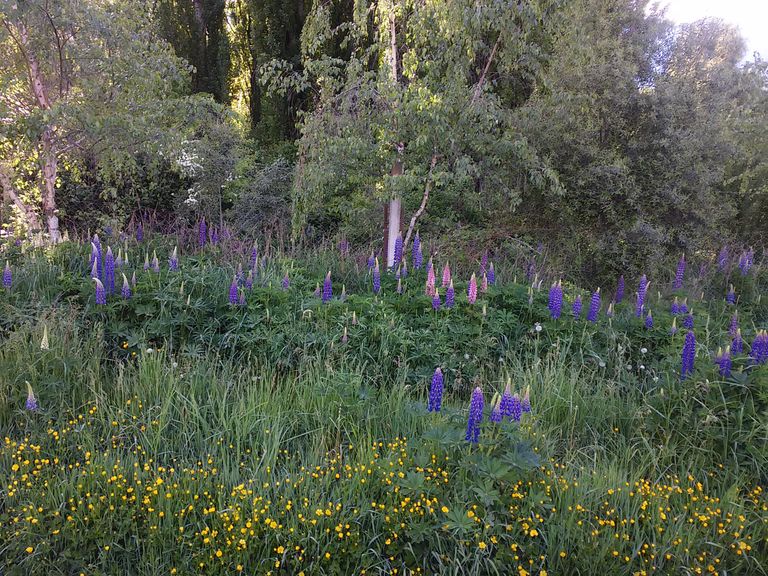
Some plants in Argentine Patagonia choose the best place to grow on the banks of rivers and streams that provide permanent and homogeneous soil moisture.
Algunas plantas en la Patagonia argentina eligen como mejor lugar para crecer la orillas de ríos y riachuelos que le brindan una humedad del suelo permanente y homogénea.
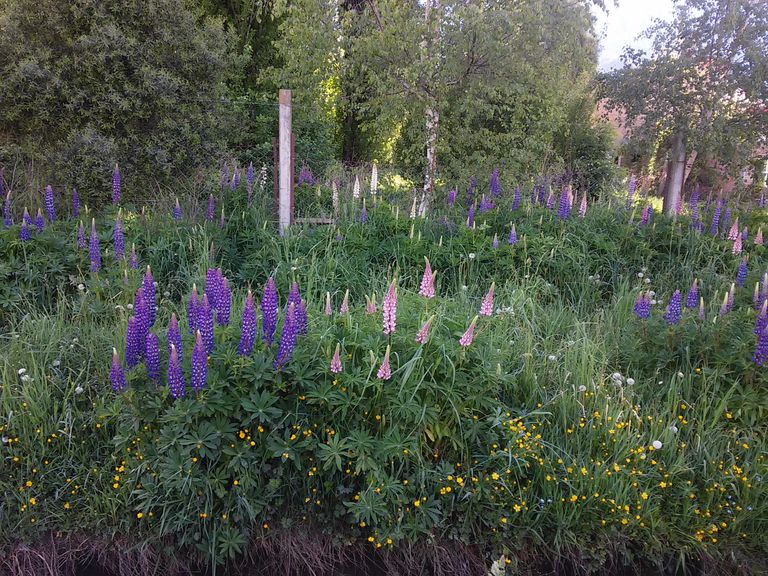
This is the case of the so-called "river willow", a species transplanted in Patagonia, imported from Canada, resistant to temperatures, to strengthen the land on the slopes of the mountains.
Es el caso del llamado "sauce de río", una especie trasplantada en la Patagonia, importada desde Canadá, resistente a las temperaturas, para afianzar los terrenos en las faldas de las montañas.

However, what was initially a good measure, as with the Oregon pine, ended up becoming a problem, since it threatens the extinction of the other willow native to the region called willow criollo (Salix humboldtiana), which is the only species of willow in Argentina. and South America.
Sin embargo lo que inicialmente era una buena medida, como con el pino Oregón, termino transformándose en un problema, ya que amenaza la extinción del otro sauce nativo de la región llamado sauce criollo (Salix humboldtiana) que es la única especie de sauce en Argentina y América del Sur.
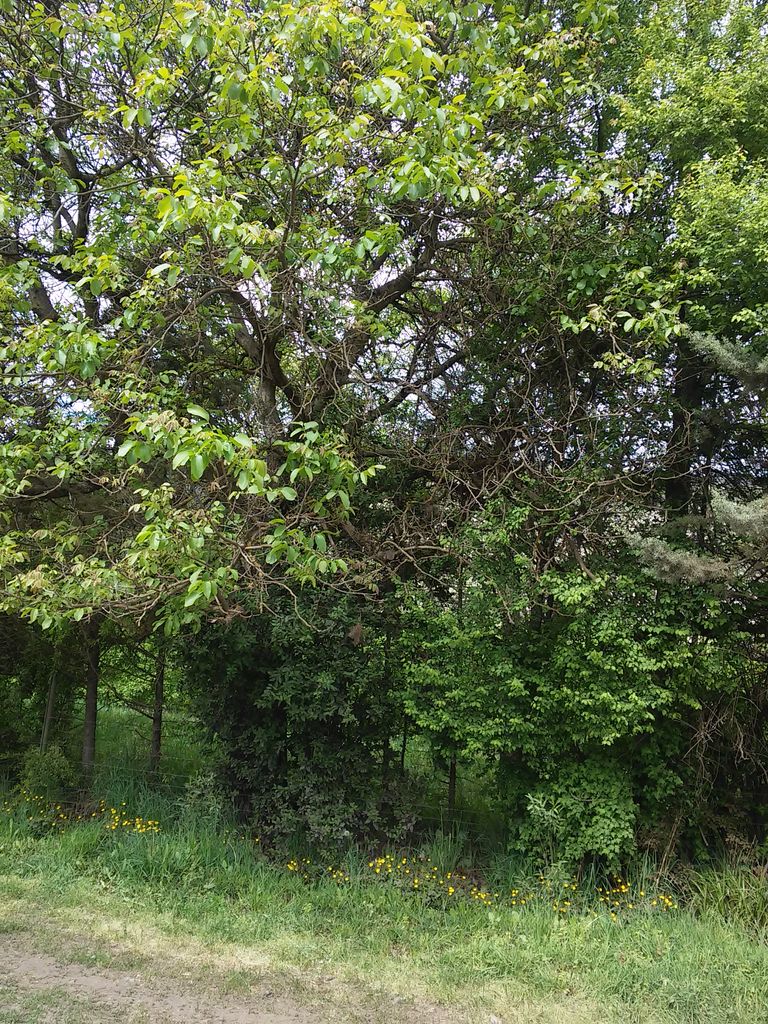
It gives a nice shade to the side of the water channels that arise from the streams that form especially in the time of melting, but they grow continuously drowning the other native species, for which pruning energy is necessary to control it.
Da una linda sombra al costado de los canales de agua que surgen de los riachuelos que se forman especialmente en la epoca del deshielo, pero crecen continuamente ahogando las otras especies nativas, por lo cual es necesario una energía poda para controlarlo.
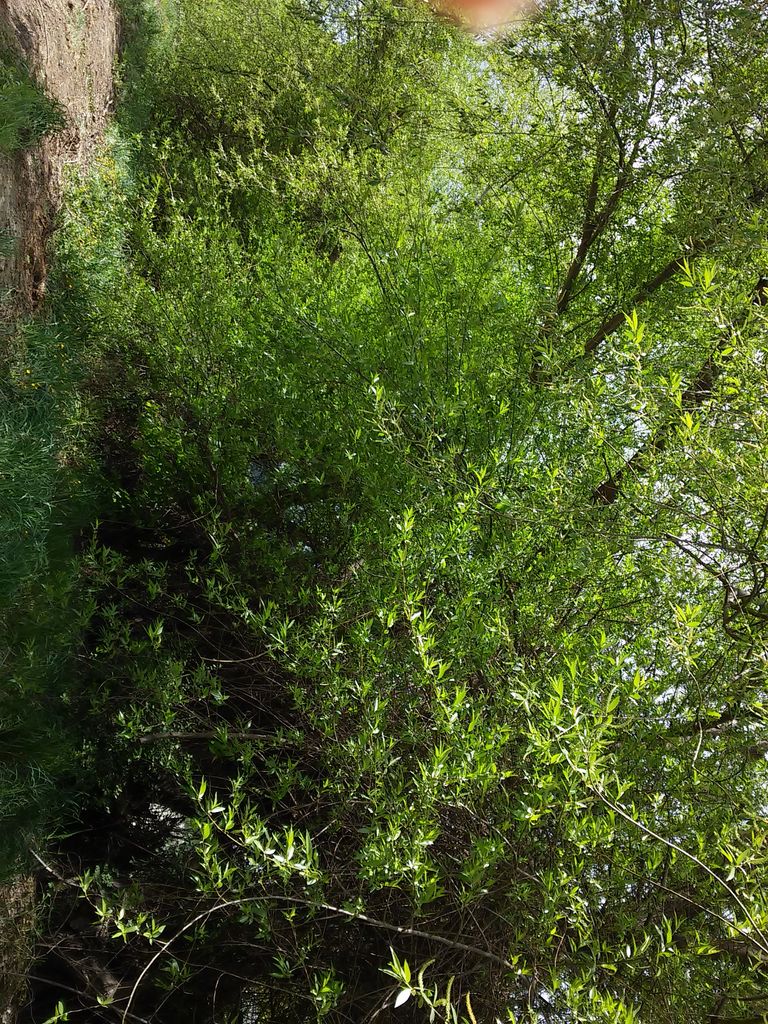
Under the crown of these willows and taking advantage of the humidity of the ground, a thick vegetation is formed where native flowers such as lupines and brooms alternate with other shrubs that grow without problems thanks to the humidity of the ground.
Debajo de la copa de estos sauces y aprovechando la humedad del terreno se forma una espesa vegetación donde alternan las flores nativas como lupinos y retamas con otros arbustos que crecen sin problemas gracias a la humedad del terreno.
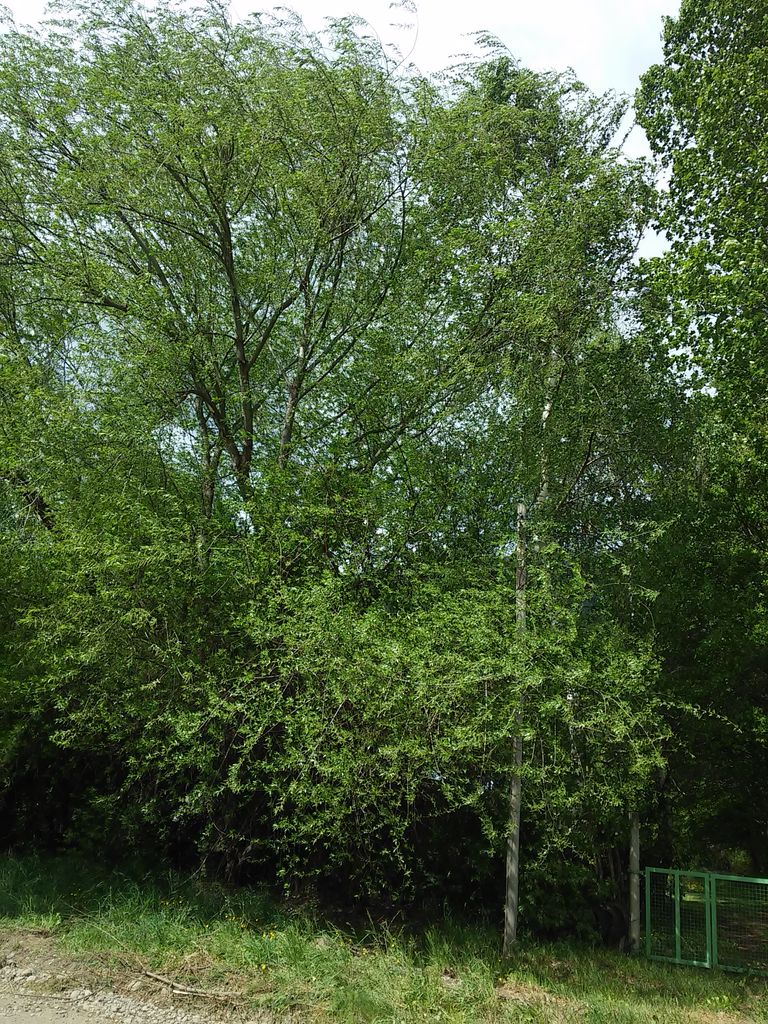
Another of the reasons why the importance of the river willow was favored is its wood, highly appreciated for its lightness and hardness, ideal for the construction of the packaging of the fruit of the area, especially of the so-called fine fruit: blueberries, strawberries, red fruits
Otro de los motivos por los cuales se favoreció la importancia del sauce de río es su madera, muy apreciada por su liviandad y dureza, ideal para la construcción de los embalajes de la frutícola de la zona, especialmente de la llamada fruta fina: arándanos, frutillas, frutos rojos.
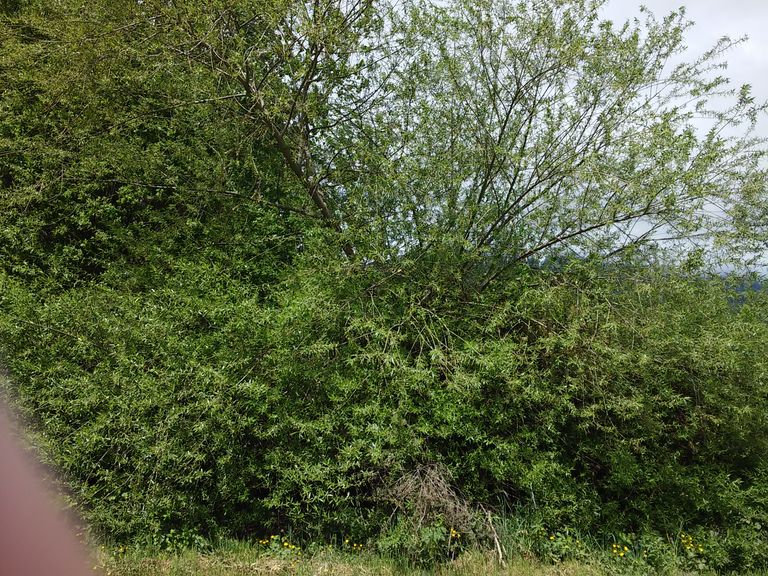
It is also used for the manufacture of furniture, tool handles, toys, oars, feeders and waterers for small and large animals, trellises for different greenhouses, poles, braces for dry construction and for the formation of plywood sheets.
También se la usa para la fabricación de muebles, mangos de herramientas, juguetes, remos, comederos y bebederos para pequeños y grandes animales, espalderas para los distintos invernaderos, postes, tirantes para la construcción en seco y para la conformación de chapas de madera compensada.
